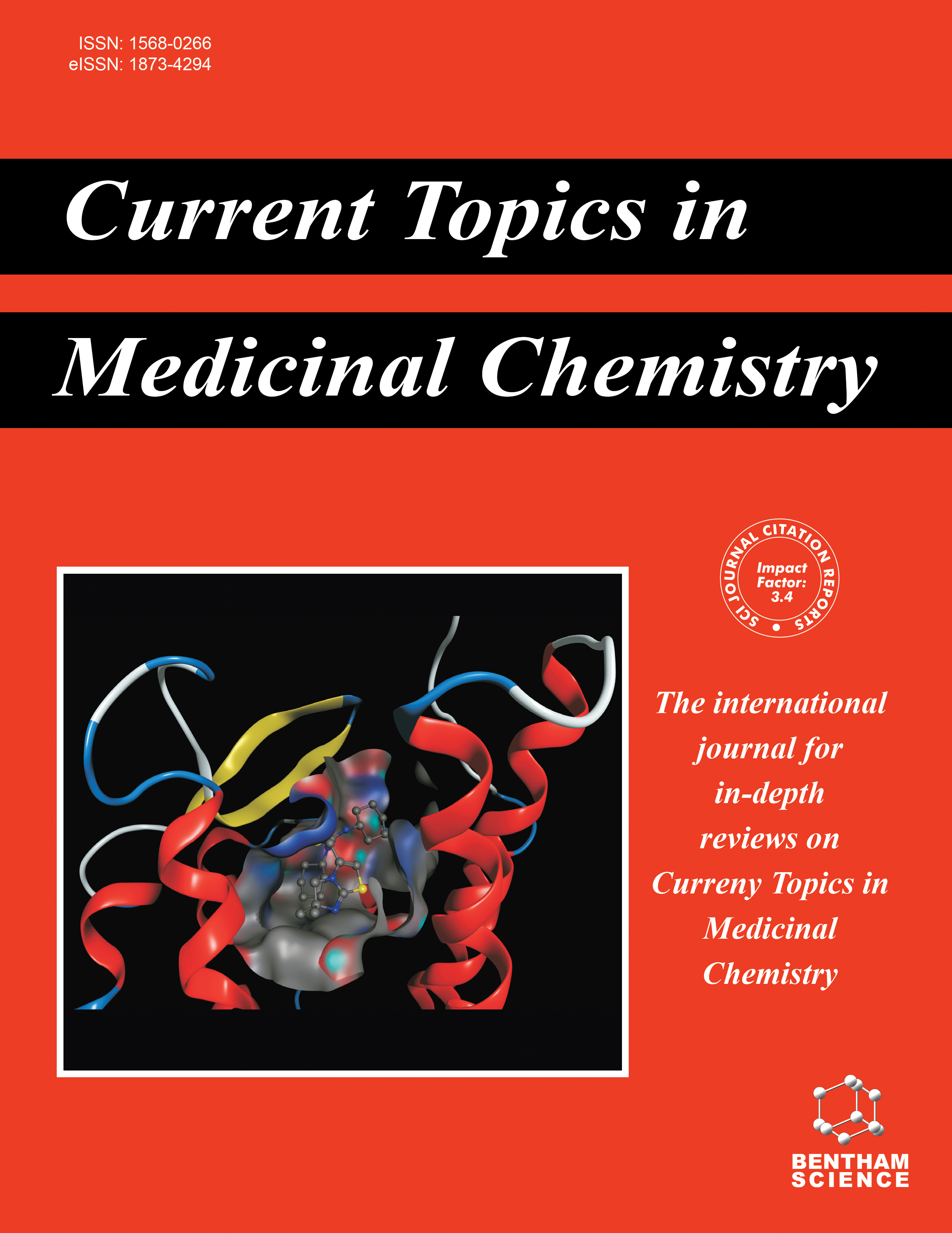
Full text loading...
Non-fused pyrimidine scaffold is a significant component for designing new drugs. The review emphasizes the pharmacological importance of non-fused pyrimidine-containing moieties based on the broad spectrum of activities such as antiprotozoal, antibacterial, antimycobacterial, anticancer, anti-inflammatory activity, and CNS depressant. Pyrimidine derivatives are fascinating entities that display biological activities for the treatment of cancer. It also highlights the tendency of non-fused pyrimidine derivatives to suppress cell growth by obstructing the activity of VCP, CDK-2, EGFR, ATR, EphB4 & EphA2, PDGF as well as inhibitory action towards different cell lines such as MCF-7, HeLa, NCI/ADR-RES, NCI-H23, HOP-92, HCT-116, OV-3, MOLT-4, PC-3, MDA-MB-231, MALME-3M, K562 and Bcr-Abl. The review details the importance of morpholine, piperidine, and pyrrolidine ring substitutions on pyrimidine moiety as well as the role of H-bonding and amino linkage along with antibacterial activity due to the presence of pleuromutilin and tetrazole molecules. Researchers were motivated to develop and enhance the non-fused pyrimidine scaffold to uncover novel medicines by reading this review article.

Article metrics loading...

Full text loading...
References


Data & Media loading...

